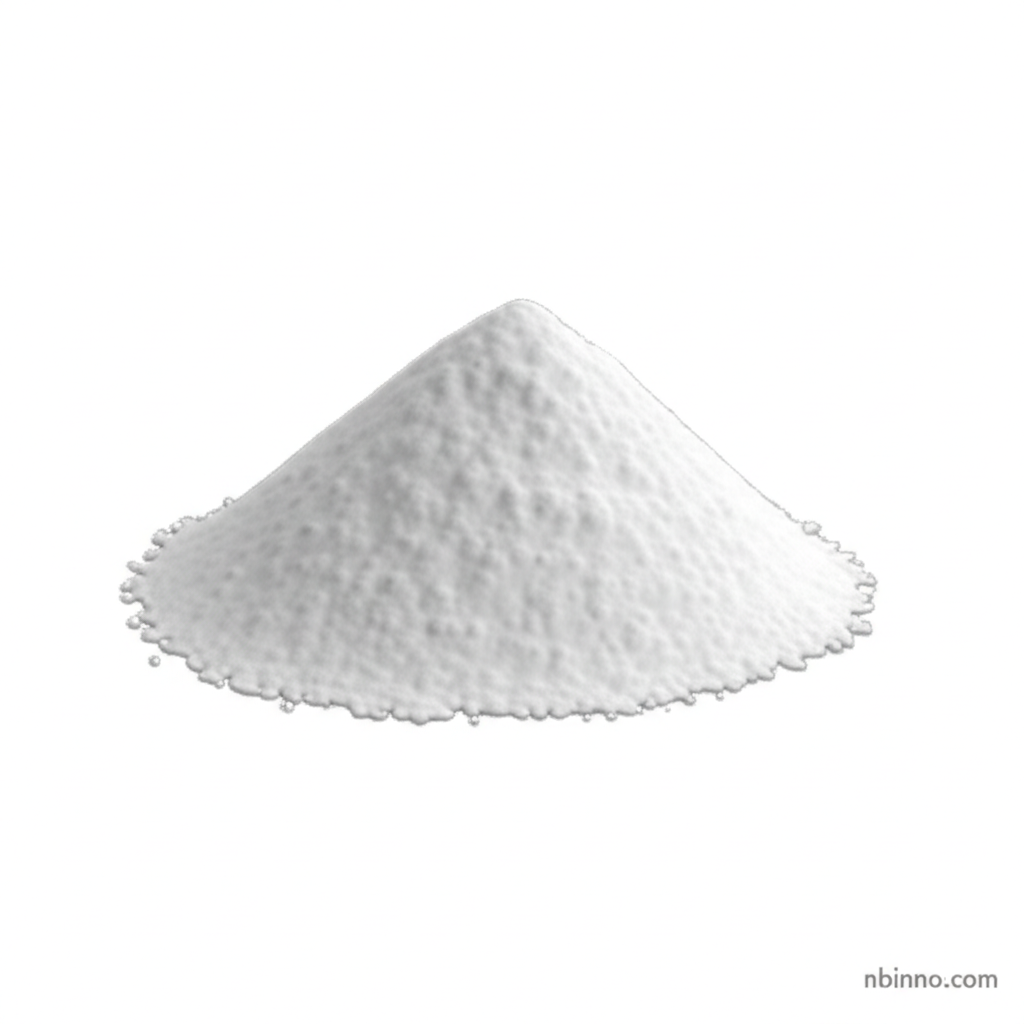Understanding 2-(6-Methoxynaphthalen-2-yl)propanoic Acid: Properties, Applications, and Synthesis
Explore the essential properties, diverse applications, and synthesis pathways of this vital organic compound.
Get a Quote & SampleProduct Core Value

2-(6-methoxynaphthalen-2-yl)propanoic acid
This compound serves as a crucial pharmaceutical intermediate, recognized for its potent anti-inflammatory, analgesic, and antipyretic properties. Its well-defined chemical structure and physical characteristics make it a valuable asset in the development of various therapeutic agents.
- Explore the physical characteristics, including its melting point of 157°C, vital for understanding its handling and processing in various applications.
- Discover the CAS number 23981-80-8, a unique identifier essential for chemical tracking and regulatory compliance in pharmaceutical development.
- Learn about the synthesis of this non-steroidal anti-inflammatory drug, crucial for manufacturers seeking high-quality intermediates.
- Understand the broad spectrum of analgesic and antipyretic uses, highlighting its importance in pain and fever management solutions.
Key Advantages
High Purity and Quality
Ensuring the highest standards of purity for our 2-(6-methoxynaphthalen-2-yl)propanoic acid is paramount, providing reliable results for all pharmaceutical development needs.
Versatile Applications
The compound's role as a pharmaceutical intermediate makes it indispensable for developing a wide range of medications, impacting patient health globally.
Established Chemical Profile
With a clearly defined melting point and molecular formula (C14H14O3), understanding the 2-(6-methoxynaphthalen-2-yl)propanoic acid properties aids in precise formulation and research.
Key Applications
Pharmaceutical Synthesis
As a key intermediate, it is fundamental in the synthesis of active pharmaceutical ingredients (APIs), supporting the development of new drugs.
Pain Management
Leveraging its analgesic properties, this compound is integral to formulations designed to alleviate various types of pain.
Fever Reduction
Its antipyretic characteristics are vital for creating effective treatments aimed at reducing fever.
Inflammation Control
The anti-inflammatory capabilities of this compound are crucial for medications targeting inflammatory conditions.
